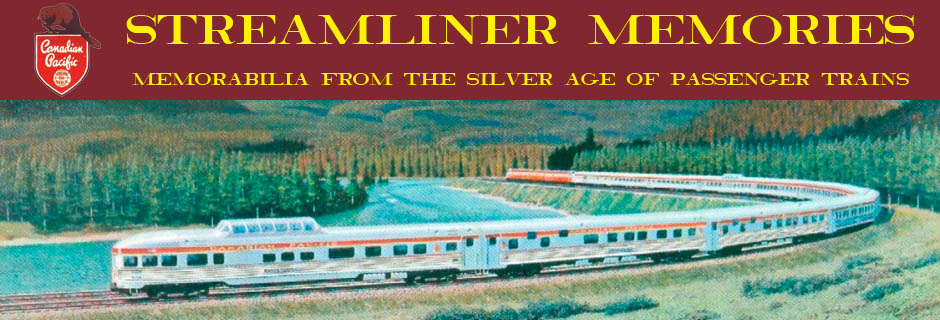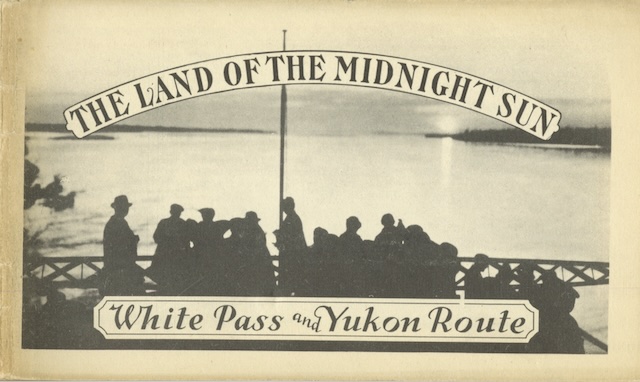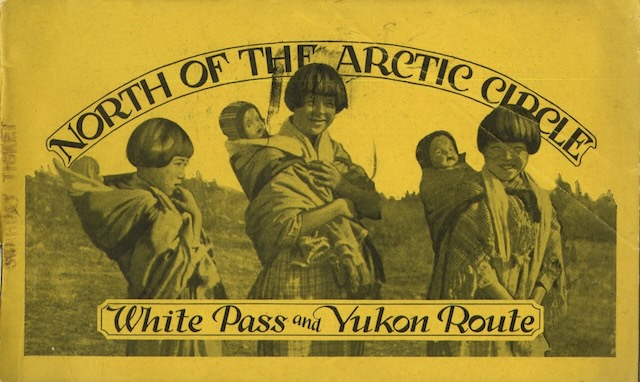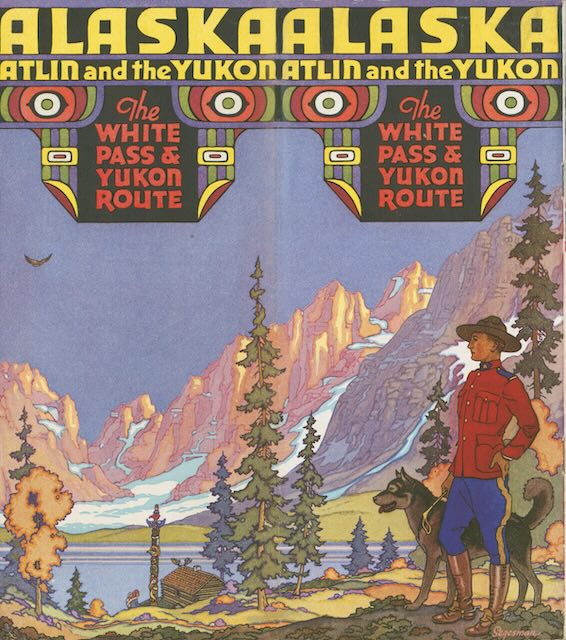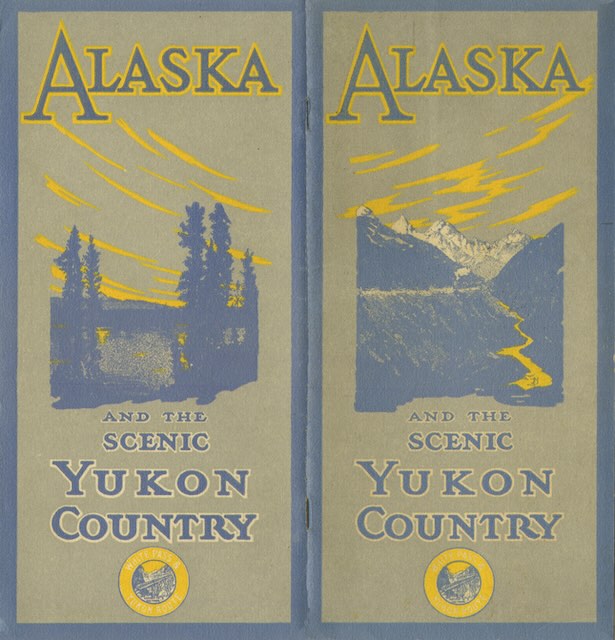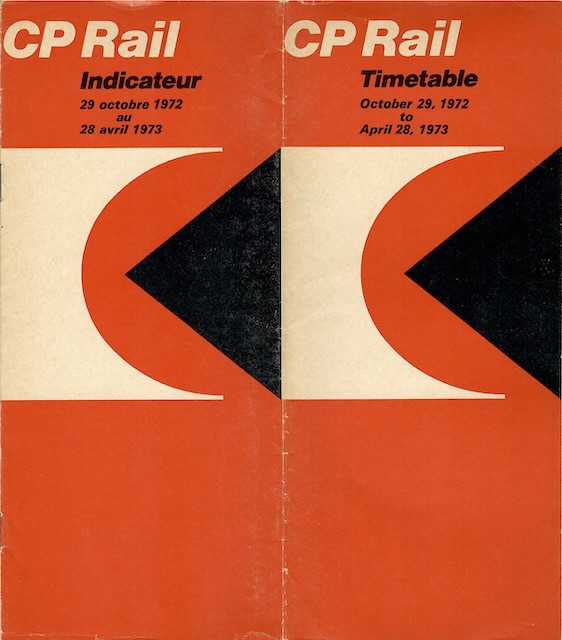The cover of this brochure says “resources, attractions, topography, climate, etc.,” but the map on the other side doesn’t show any of those things. Instead, it mainly shows state and county boundaries, Southern Pacific rail routes in thick lines, other rail routes in thin lines, and roads in faint dotted lines. If the map is to be believed, in 1901 the only roads in California fed into, but did not parallel, the rail lines.
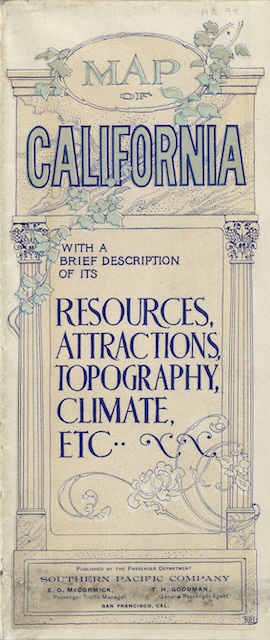 Click image to download a 15.6-MB PDF of this brochure.
Click image to download a 15.6-MB PDF of this brochure.
The map also shows the location of cities, but only as stations on the rail lines. Los Angeles is shown as a small circle but I suspect even in 1901 its boundaries were bigger than that. San Francisco is shown at its current extent, but that’s the county boundary, not the city boundary of 1901. Continue reading
